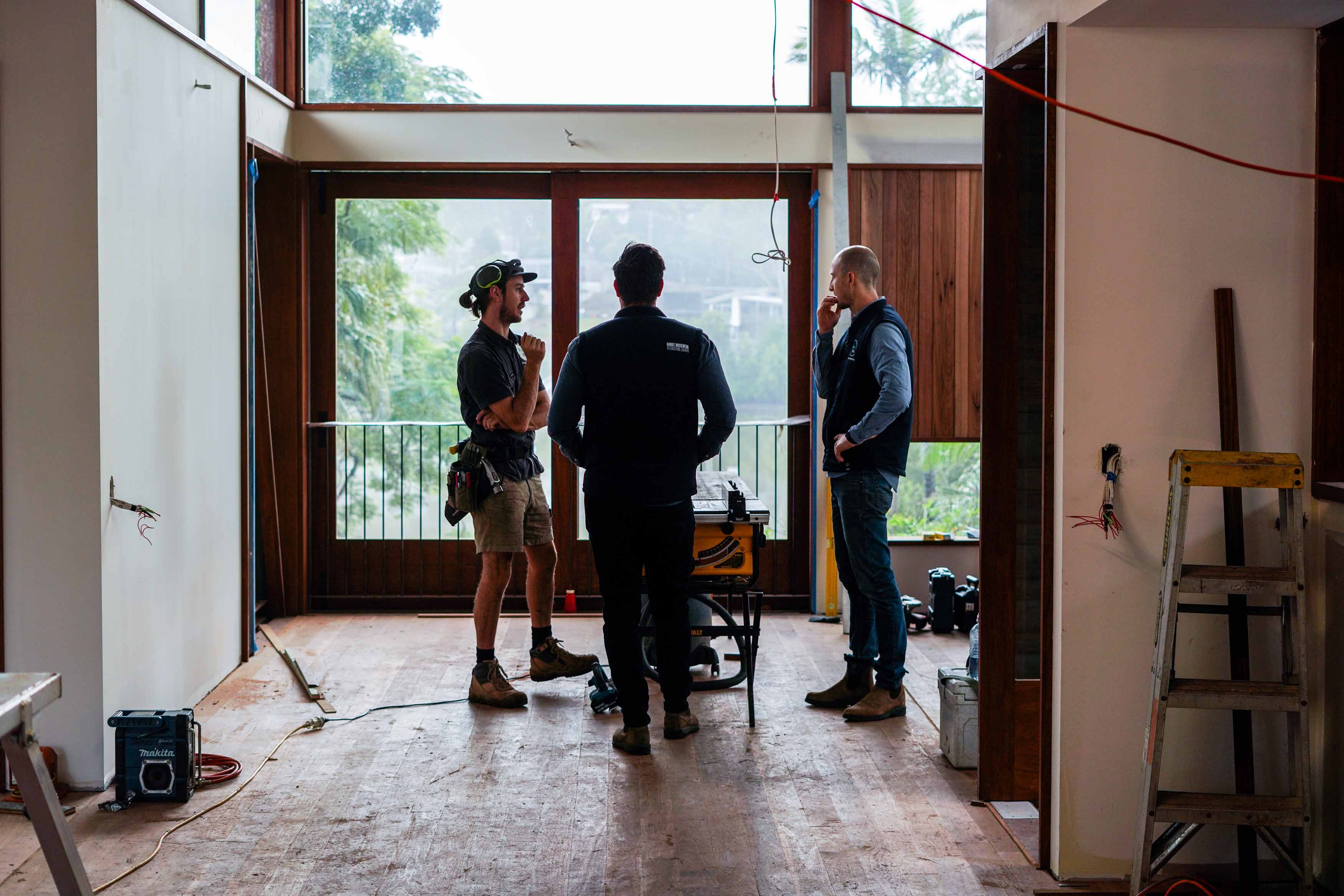Practical Completion and Handover: The Simple Guide
Your Simple Guide to Moving Into Your New Home
Practical completion is a key milestone in the construction journey, indicating that a property is essentially ready for its new residents. While many contracts offer clarity on this term, certain regions in Australia also have specific definitions that builders and homeowners should be aware of.
In layman's terms, practical completion means your home is all set for you to move in. This means essential utilities like electricity and gas are up and running, and all household appliances are in working order. The property should meet all the necessary legal standards, with only a few minor touch-ups left, making it perfectly suitable for living.
These minor touch-ups, which don't affect the overall completion status, might include things like a slight paint smudge or a missing cabinet handle.
Once the stage of practical completion is reached, it's a sign that the builder has done their job with dedication and commitment, and it's time for the handover. This is when you, as the homeowner, make the final payment and the builder hands over the keys to your dream home.
Following the right steps during the practical completion phase is crucial for a smooth transition. This includes:
1. The builder presenting the final invoice as the work wraps up.
2. A joint walkthrough of the property by both the builder and homeowner to spot any pending tasks, which are then documented.
3. After the final payment is made, the builder provides all essential documents, including warranties.
4. The builder hands over the property keys, marking the official transition of the property to the owner.
It's worth noting that practical completion and the actual handover might not happen simultaneously. The builder will announce when the home is ready, giving you ample time to review everything before the keys are handed over.
When you receive the notification that your property is ready, it's time for a detailed inspection. It's essential to check thoroughly and ensure everything is as you envisioned. While the builder will have done their best, it's always good to have a fresh pair of eyes look over things.
Once you're satisfied and all formalities are completed, the final payment can be made. The builder will then officially hand over the property. It's a good practice to note any issues or quirks you might observe over the next few months. These can be addressed and fine-tuned as needed.
If any issues are acknowledged by the builder, they are usually addressed in a timely and professional manner. It's always best to communicate any urgent concerns immediately.
Spotting and addressing any minor issues early on is beneficial for both parties. It ensures a smooth transition and helps in building a positive relationship between the homeowner and builder.
Additionally, many builders offer structural warranties that cover the long-term integrity of the building. The specifics of such warranties can vary, so it's always good to discuss and understand these details before finalizing any contract.
Remember, builders are here to help create your dream home. They are committed to quality and ensuring you have a positive experience. So, as you prepare to move into your new home, know that you're in good hands.


.jpg)
